405 is over!
- COCKPIT

- Mar 10, 2024
- 3 min read
Designed by Pininfarina (it is also one of the last Peugeots designed by this style office), the 405 made its debut in July 1987 as a notchback sedan with straight and solid lines. It replaced the 305 in the catalog with the objective of presenting a more luxurious and efficient car in order to move it upmarket. Designer Gérard Welter and his Lion development team succeeded in their bet and the 405 was voted Car of the Year in 1988, which promised it a bright future.
A project that dates back to 1982 under the name Project D60, Peugeot's new family sedan entered production in April 1987 exclusively in Sochaux in France.
Elegant and modern in design, it will be available in all forms, from the station wagon, in the sporty Mi16 and T16 version, and in numerous turbodiesel variants.
However, it is the competition versions of the 405 that will write history in gold. The 405 T16 called “grand raid” will make its debut at the 1988 Paris-Dakar, it succeeds the 205 Turbo 16 entered in competition by Peugeot-Talbot Sport (then managed by Jean Todt).
The name T16 refers to the engine. A supercharged four-cylinder XU 9T with 4 valves per cylinder. Its displacement is 1905 cc and, powered by a Garett Turbo, it develops a maximum power of around 400 hp. The 405 Turbo 16, driven by Finnish Ari Vatanen, notably won the Paris-Dakar Rally in 1989 and 1990.
A derivative version of this model won the Pikes Peak hill climb in 1988 and 1989.
The 405 is a global car and is one of the rare models to be marketed in North America (405 USA)
The 405 was a real success, alongside the 205, and allowed Peugeot to escape from the economic slump in which the French manufacturer found itself at the beginning of the 1980s.
In 1996, after almost 2,500,000 units, with 85% sedans (2,114,955) and 15% station wagons (373,986), its production in France stopped in 1996, to make way for the new and more modern 406. .
Une seconde carrière à l’étranger
While the 405 was already produced in Egypt, Peugeot exported its production to Argentina until 2001, to Poland, where 3,802 units were sold in 1995, but also to Iran. In 1990, Peugeot entered into a cooperation agreement with the Iran Khodro company (IKCO).
In Iran, the Peugeot 405 will experience a second life, from 1999, under the leadership of the local manufacturer Iran Khodro. In turn renamed RD, Persia or Safir, it is best known under the Pars coat of arms, or even under the IKCO brand which baptized it Soren and Dina. Not to mention that it will also have a pick-up version called Arisun, in the absence of a station wagon. If the style of the 405 has been slightly modernized over the years, its range of engines has remained faithful to the ancient units of the XU (101 hp) and TU (105 hp) family.
The 405 underwent a major restyling in 1999 and took on a new name: the Peugeot Pars. Front face modernized and inspired by the 406, new rear trunk, redesigned dashboard... the Pars fulfilled the role of the popular car par excellence. It would hardly be lacking on its own territory, as a low-cost variant!
It is the latter which sees its production stopped this year, terminated by new environmental standards and its lack of safety equipment. IKCO judged that the bill was far too high to adapt the new mandatory safety equipment, and thus bring the Pars up to standard.
The recipe for the 205 was applied with the same success: the Peugeot 405 was produced in more than 5 million units, all combined, between 1987 and 2024. For the Sochaux brand, the 405 is definitely “The Other Sacred Number ".
It will not have equaled the 38-year career of the 504, but the Peugeot 405 can boast of having been produced uninterrupted for almost 25 years for a total of 37 years.








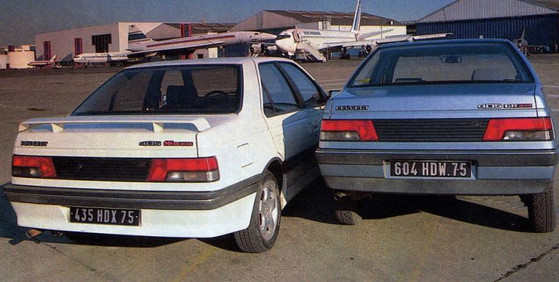















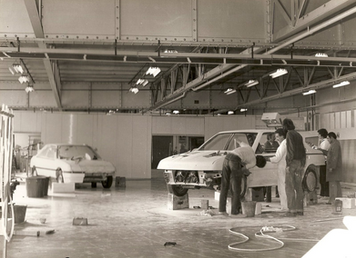











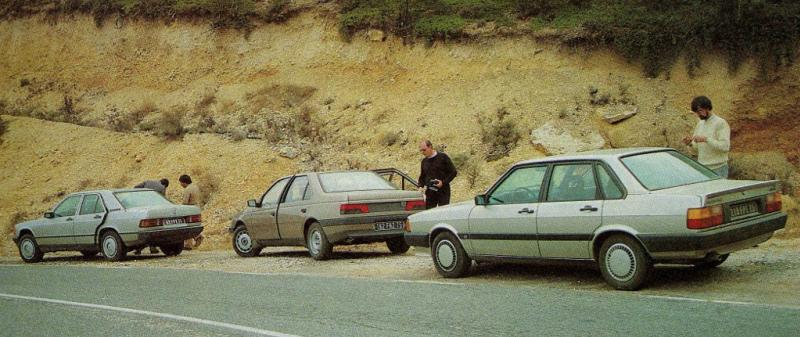







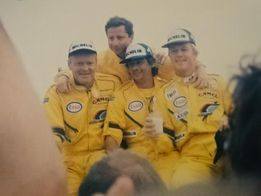


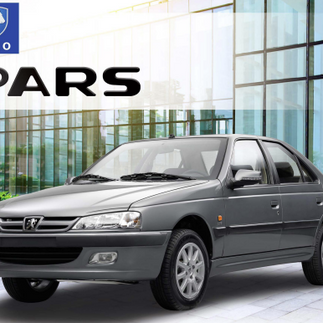



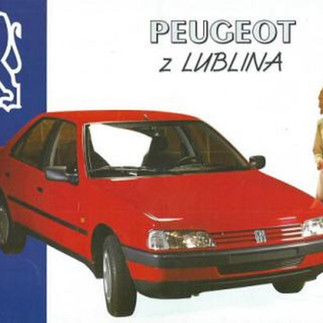







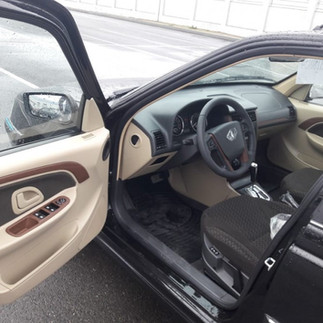









Comments